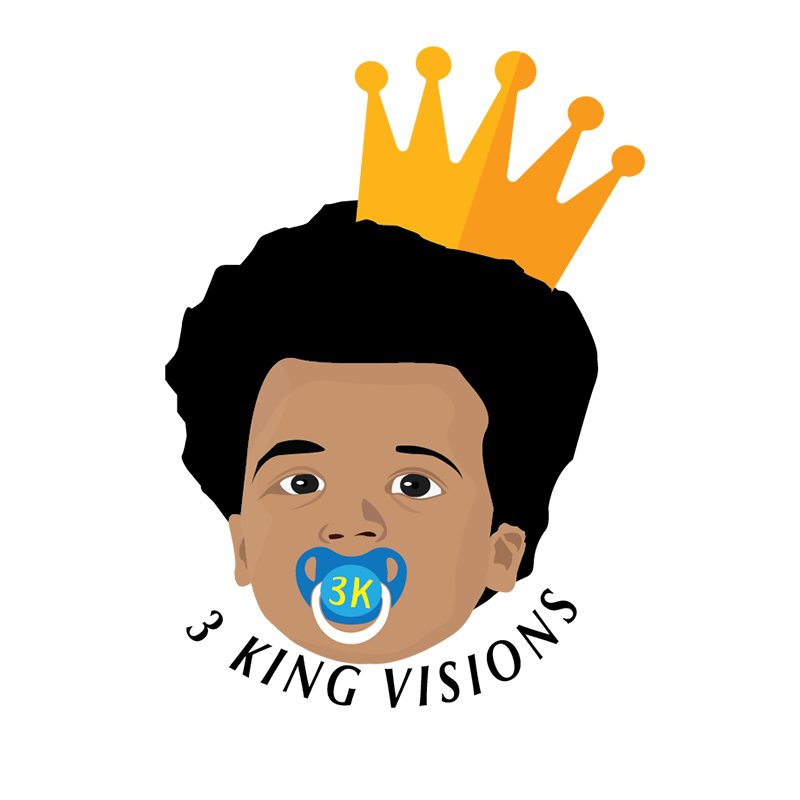Parent's Corner
Dear parents/family/caregivers,
Parents corner will be a weekly update on book suggestions, authors to look out for, and early literacy tips for your children.
This week's tip is the "5 Finger rule".
Whether your child has already developed a love for reading or is still hesitant when it comes to picking out books, there is an easy way for them to choose just right books on their own. It’s called the Five Finger Rule!
Here’s how it works: Your child opens a book to the first page. They read the page and hold up one finger for every word they don’t know or can’t pronounce. The number of fingers they’re holding up by the end of the page tells them if the book is the right level:
- 0-1 fingers: It’s too easy.
- 2-3 fingers: It’s just right.
- 4-5 fingers: It’s too hard (or best read aloud with a buddy).
Two to three fingers is the sweet spot. If they’re holding up any more or less, that’s a clue that they should try to find another book if they’re reading independently. (On that note visit your local library lol).
There are a lot of good things about this method. For instance, it’s easy for kids to understand, it’s quick, and they can do it anywhere! But FYI, as with most things, it has its pros and cons. “This can be a tricky rule because it’s taking a complex concept — the development of reading — and oversimplifies it,” says Barbara Steckel, Ed.D, a professor of language and literacy at Lesley University in Cambridge, Mass. Vocabulary is only one element that defines the readability of a text, adds Steckel.
Another important factor is that your child is reading a book that contains content matching their level of understanding and maturity. For young kids, placement of words on the page and pictures that support the text also contribute to their comprehension, helping them decode unfamiliar words. That’s why the branches book for instance, are so great for early readers — they blend attributes of both picture books and chapter books to help kids make the leap to longer texts.
That said, it’s worth teaching your kids the Five Finger Rule, so they can use it when they need it. Steckel says this technique works particularly well for kids in late kindergarten through early second grade — say, when they’re in a reading group at school and tasked with independently selecting books. When they use the Five Finger Rule to find the right book, they won’t have to pull a teacher away from another group to ask for help. Plus, it supports their independence and reading confidence! (To further boost their reading skills, visit your local library and ask your librarian for book suggestions for your child’s age range.
And of course, don’t let the rule make your child miss out on cool and interesting books they might have otherwise attempted to read. Steckel uses the example of a kid who absolutely loves baseball (they know all of the players, their stats, and the history of the teams) and they excitedly bring home a baseball book. It looks pretty tough and they have all five fingers up after the first page.
“Are you going to tell them not to read the book? No! Their motivation and desire to read the book will reduce its complexity,” says Steckel. Sometimes, too-big-for-them challenges help kids grow in ways that a more “appropriate” book would not. Plus, you can always read the book with them and help along the way.
Bottom line: File the Five Finger Rule under “cool tricks,” and encourage your child to use it when they need to pick out a book on their own. But also keep in mind that it’s a starting point — not a definite rule. Reading is reading (and awesome!) no matter what a book’s Five Finger Rule score is.
